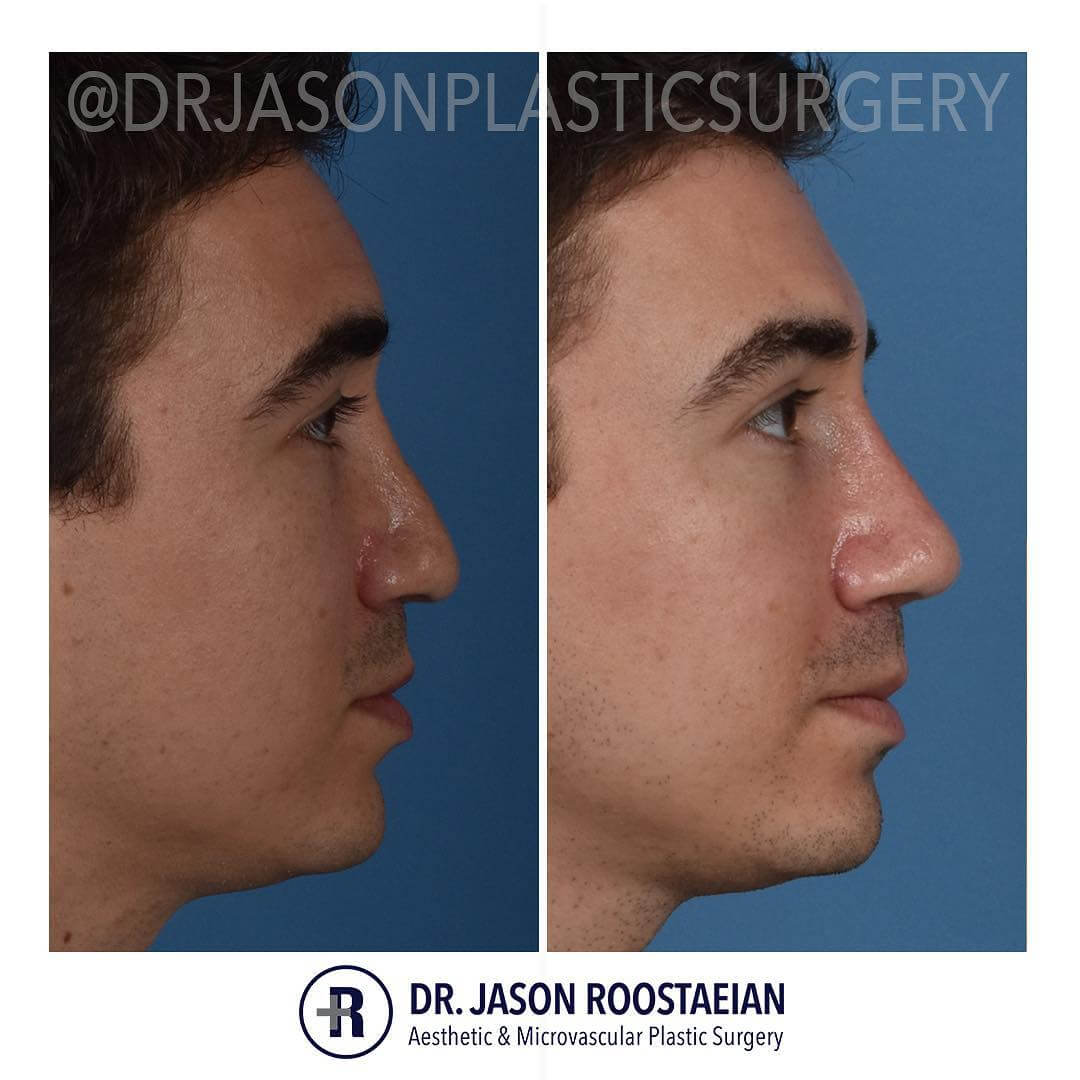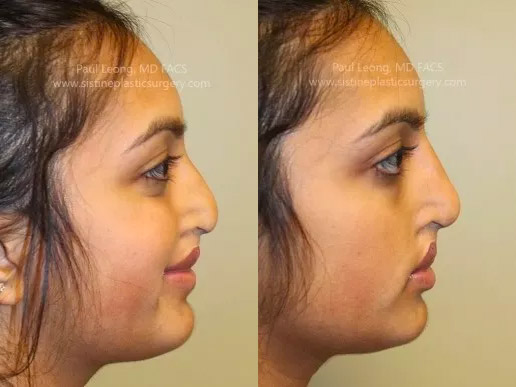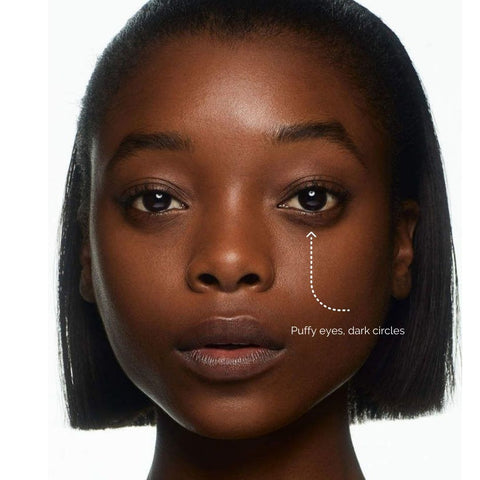
CO2 laser resurfacing is an option for people who want a more youthful skin and who want a natural result without a downtime or recovery period. While CO2 laser treatments require no downtime, patients will experience some reddening. Although it may become more severe, it will soon disappear. Patients should avoid too much sun exposure, tanning, and excessive tanning during the four-week period before the procedure. They should also avoid medications that can make them sensitive to the sun.
Fractional laser resurfacing
Fractional CO2 laser resurfacing uses a laser to target specific areas of the skin. The laser is useful for treating pigmentation, scarring, and fine lines. It can also help with sun spots or precancerous conditions. Before having this procedure, it is recommended that patients consult a dermatologist.
Fractional CO2 laser treatment is less invasive and requires one to two treatments. However, the recovery period is longer than with traditional CO2 laser treatments. The procedure generally requires around a week of recovery. To avoid discomfort during recovery, patients are advised to refrain from tanning for at least a week before the procedure.

Downtime
The recovery process for a CO2 laser procedure may take several weeks to complete, depending on how large the area being treated. Redness can occur for up to four months and may be experienced by some patients. It could be caused by an underlying condition, the laser treatment, or a combination. It is possible to minimize redness from treatment by applying topical or hypoallergenic make-up.
A fractional CO2 treatment generally takes two to three days for recovery, while a more extensive treatment might take seven days. Recovery time is also dependent on the number of treatments needed and the patient's ability to tolerate downtime. A patient who is able to tolerate the downtime may only require one or two treatments.
Side effects
Side effects from CO2 laser skin resurfacing can sometimes be mild but temporary. Some patients experience reddening around the treatment area, lasting anywhere from one to four week. This could be due to an underlying condition, or the laser provider's technique. In such cases, you should take antihistamines or steroids. In addition, you should avoid harsh skin treatments. You can also use hypoallergenic makeup to cover up the redness. The recovery time for CO2 laser treatment may take longer than other laser treatments.
Pain from CO2 laser therapy depends on the extent of the treatment, skill of the surgeon performing it, and patient's tolerance for pain. Your doctor may combine sedatives and local painkillers if extensive resurfacing is required. General anesthesia can be used in some cases for the whole procedure. You will still be able to sleep through it. Special eyewear will be required to protect your eyes against the laser.

Aftercare
CO2 laser laser resurfacing is performed using a laser beam of high intensity. It removes the top layer skin and heats it. The procedure can cause red, swollen, and sometimes even painful skin. Patients can expect to recover in two weeks. Avoid using any makeup or harsh cosmetics in the affected area. Proper sunscreen application is also necessary.
Patients will need to stay off work for several weeks after the procedure. This will allow the skin time to heal. A topical anesthetic will be applied to the area to ease any discomfort. An injection of anesthetic may be given by your physician to reduce discomfort. Patients will need to adhere to all prescriptions. Patients should also expect some downtime from social settings for between five and ten days. Patients should also avoid excessive sun exposure, as it will cause damage to the skin's tissues.